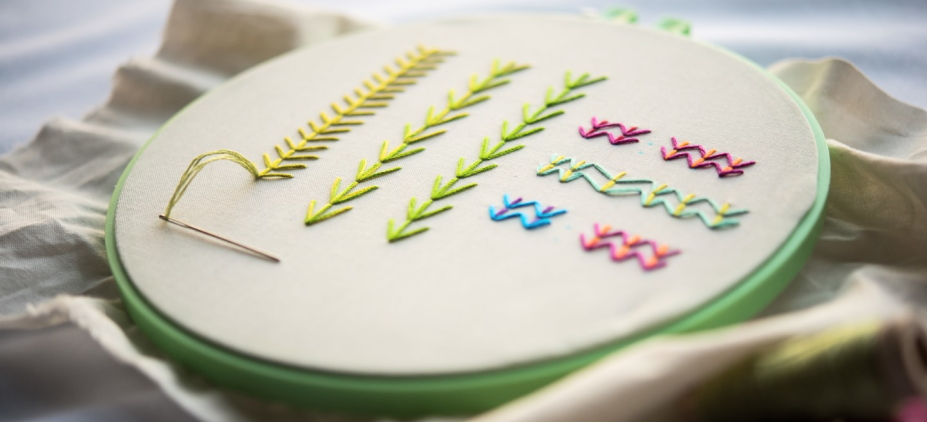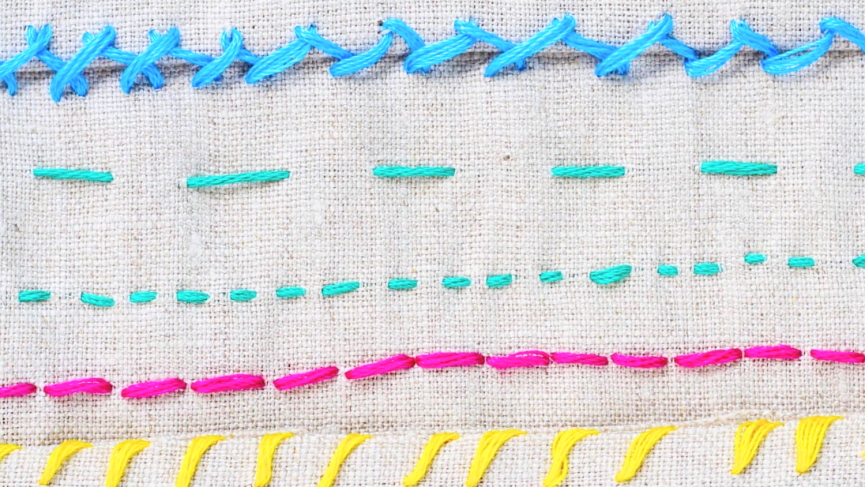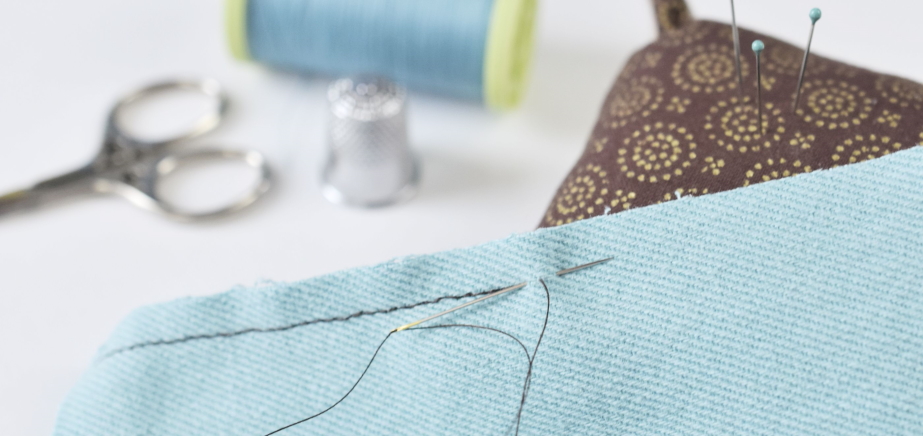
Types of Hand Sewing Stitches
Hand sewing has now always been replaced by advanced sewing appliances. The era of hand sewing a dress with a just a thread and needle are long gone. Nonetheless, both stylists and tailor must be familiar with the basic styles of hand stitching. Hand stitches are indeed needed in several areas for a perfect finish. Furthermore, something is pleasing about introducing a seamless finish, such as a hand-stitched edge or even a crocheted style loop. The satisfaction in doing everything from your own hands never fades. Whenever it gets down to hand stitches, we as a tailor must practice them on a regular basis if we want to be better. In this post, I’ll go through some basic sewing stitches for beginners, beginning with simple sewing equipment and progressing to the various styles of stitches.
Types of Hand Sewing Stitches
Following are different kinds of hand stitches for new learners:

Running Stitch
A running stitch is among the most fundamental forms of hand stitching, with several combinations. It can be used for many purposes like tucking and patching up. In its longer type, it is a basting stitch. To do this, you just have to pass the needle through the cloth from the back side. When the knot touches the cloth, create a stitch to either side. Repeat the process.
Backstitch
Prior to the invention of sewing equipment, all clothing was made by layers and layers of backstitches. This is among the most useful hand stitches to learn. Take a tiny stitch from either side of the fabric, then place that needle where the preceding stitch has ended, taking it out past the spot where the thread appears. Continue inserting your needle at the point where the preceding stitch ends.

Slip Stitch
The slip stitch produces an almost transparent seam which is an excellent hemming stitch. If you choose a thread color that matches the garment, the seam can disappear into the cloth. This stitch is handy for sewing hems where you don’t want to see the stitches. One factor to keep in mind is that the stitches should be about a half-inch apart and reasonably loose.
Catch Stitch
Catch stitch creates a zig-zag design on the right-hand side of the cloth, rendering it ideal for a hidden hem. A catch stitch is an excellent flat stitch method for sewing together two parts of cloth that have a small overlap. This stitch can be used to complete hems with fray-free fabric.

